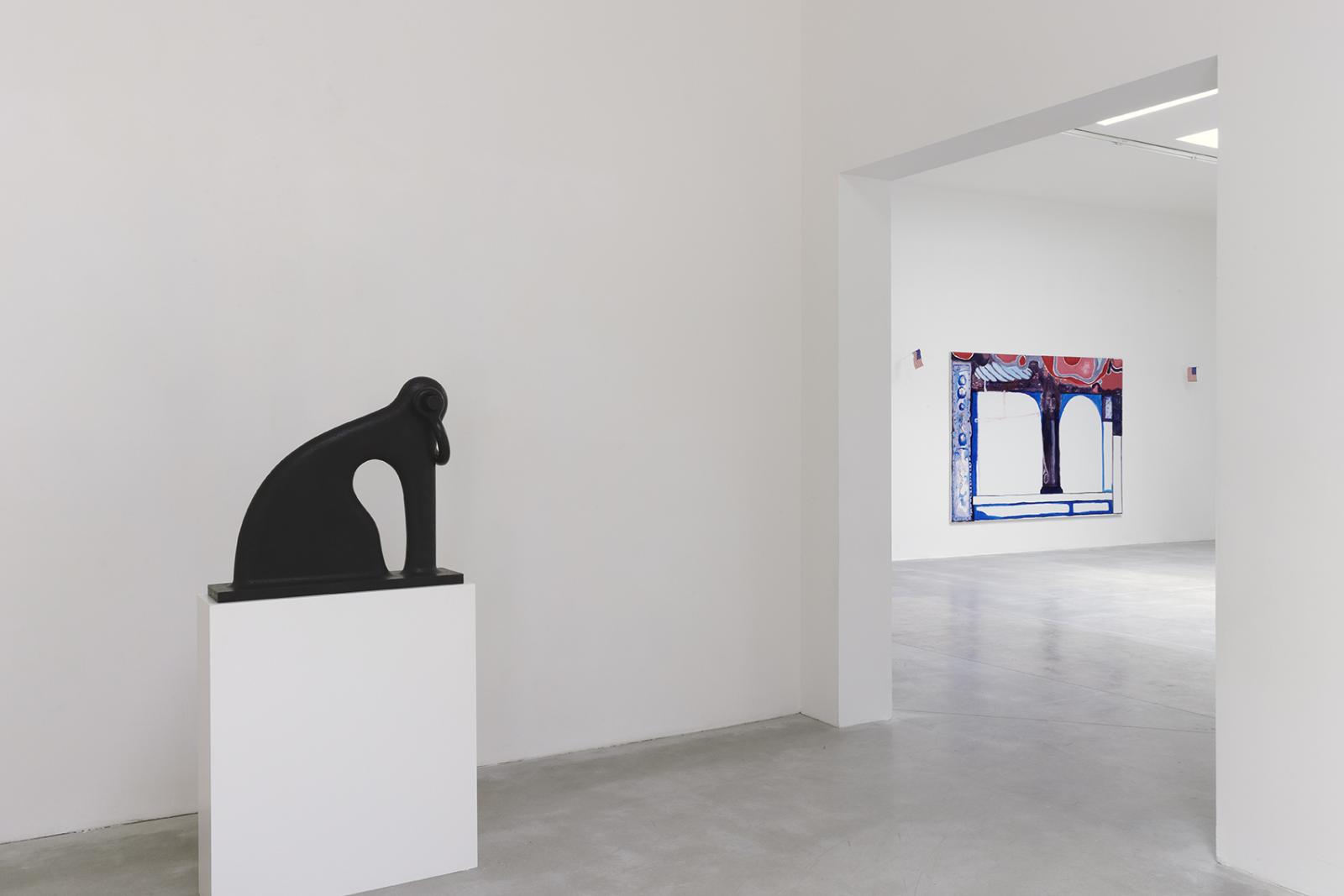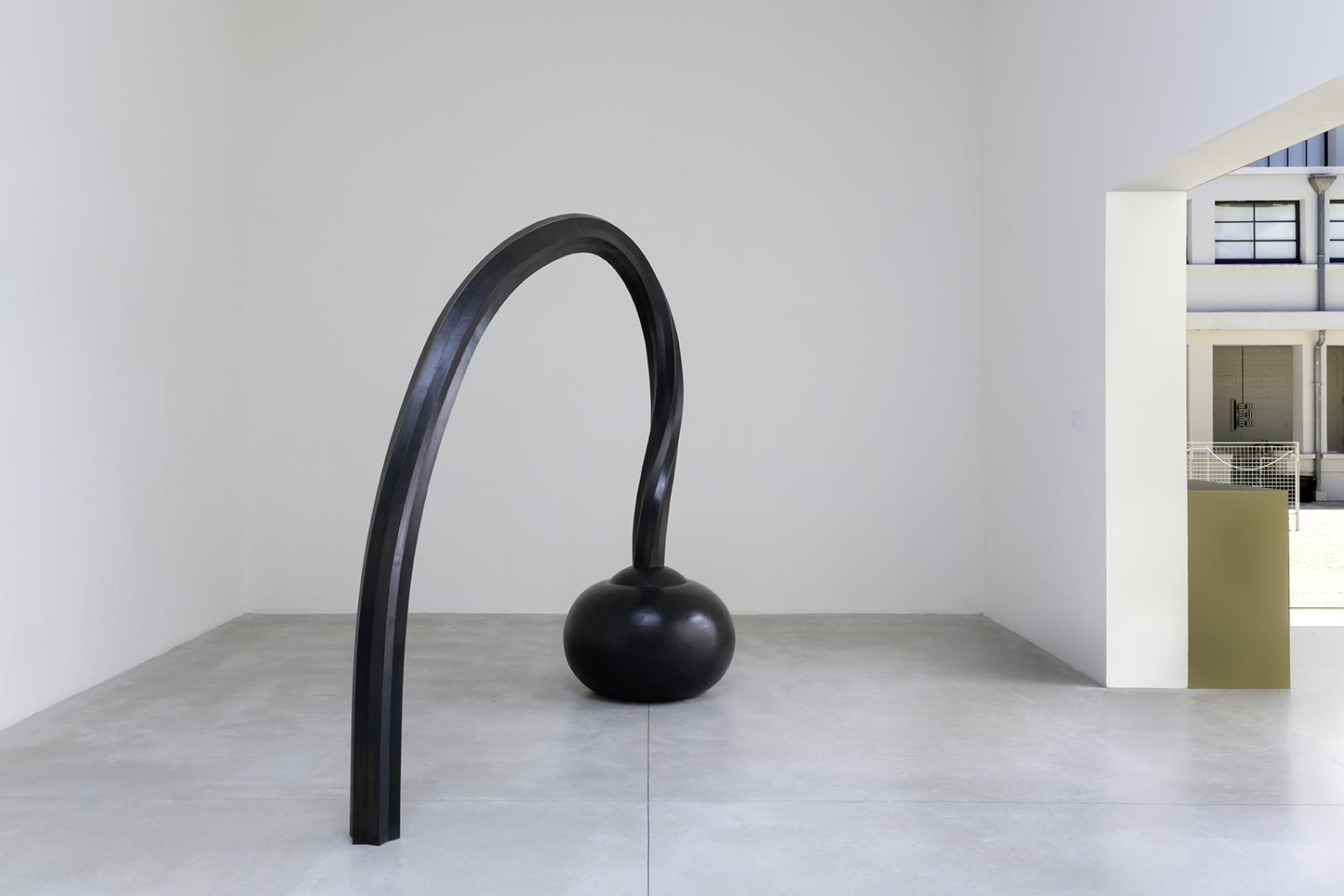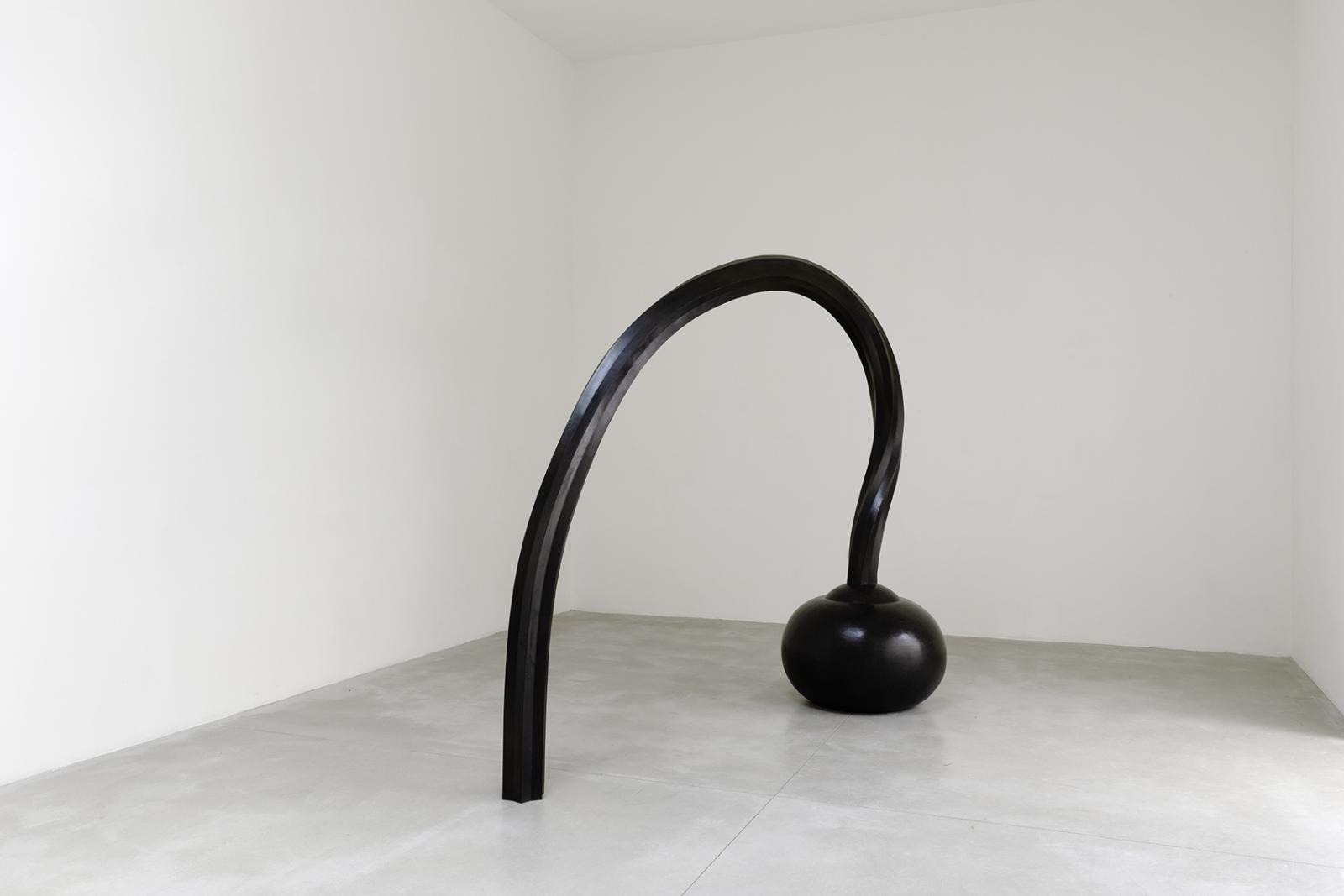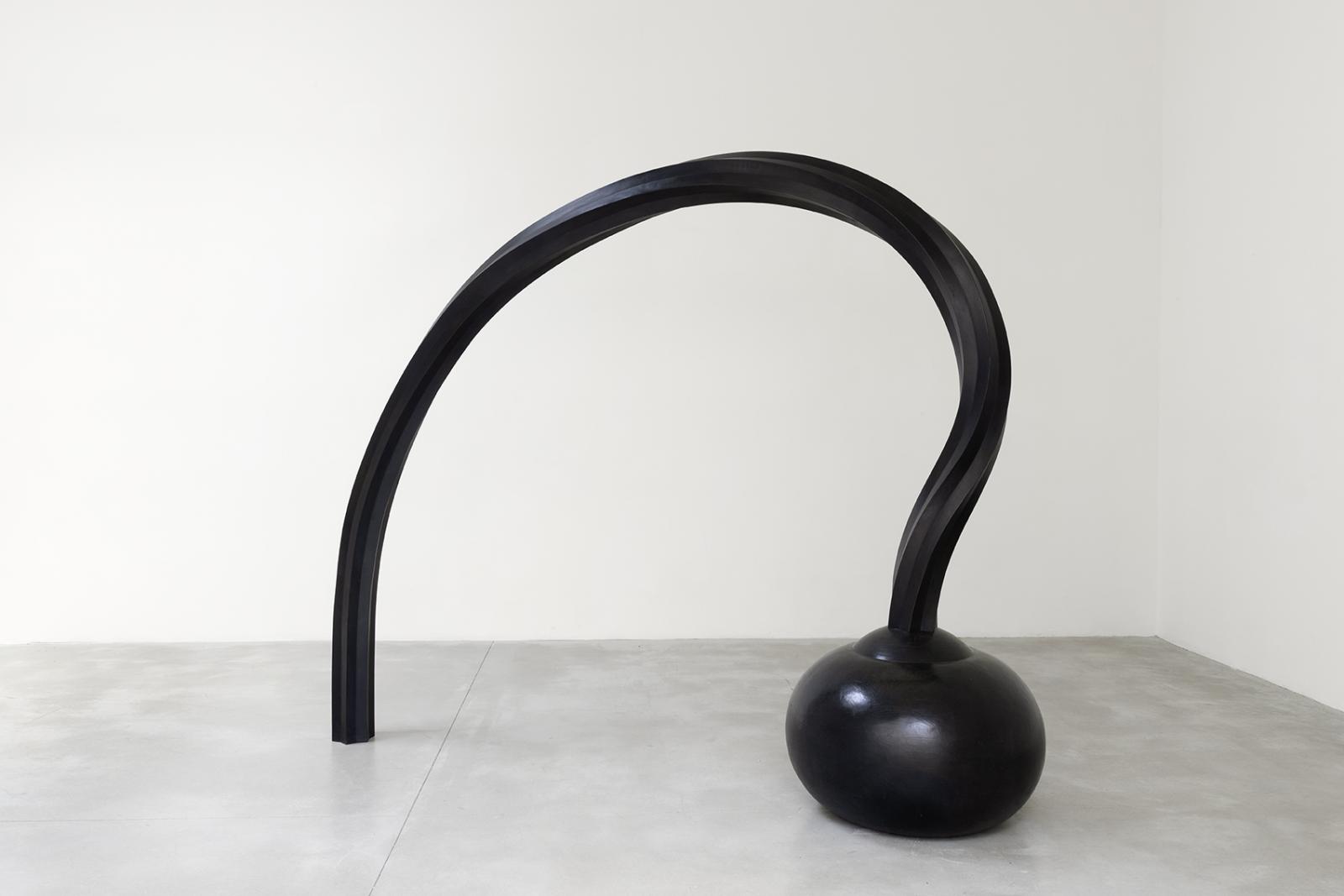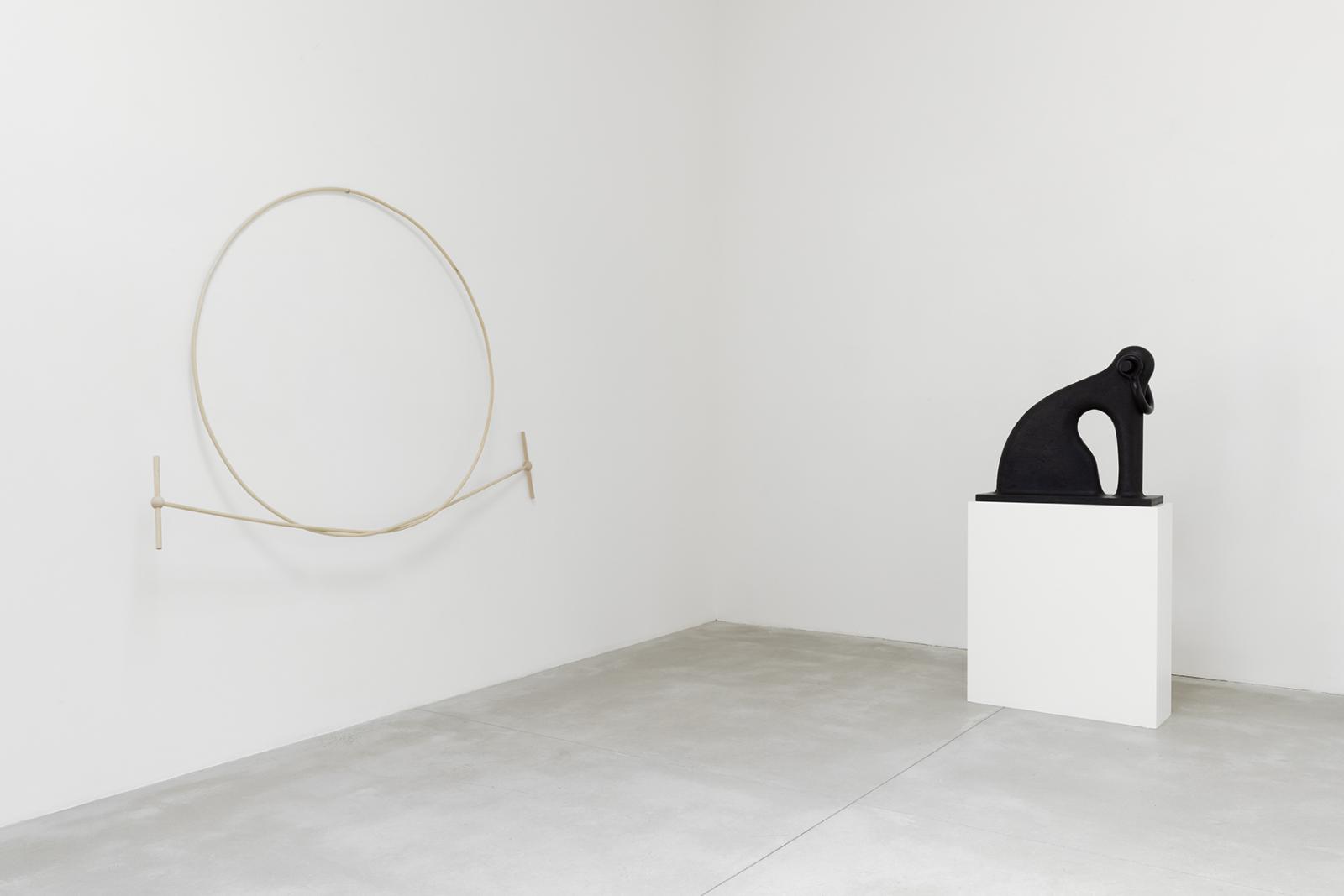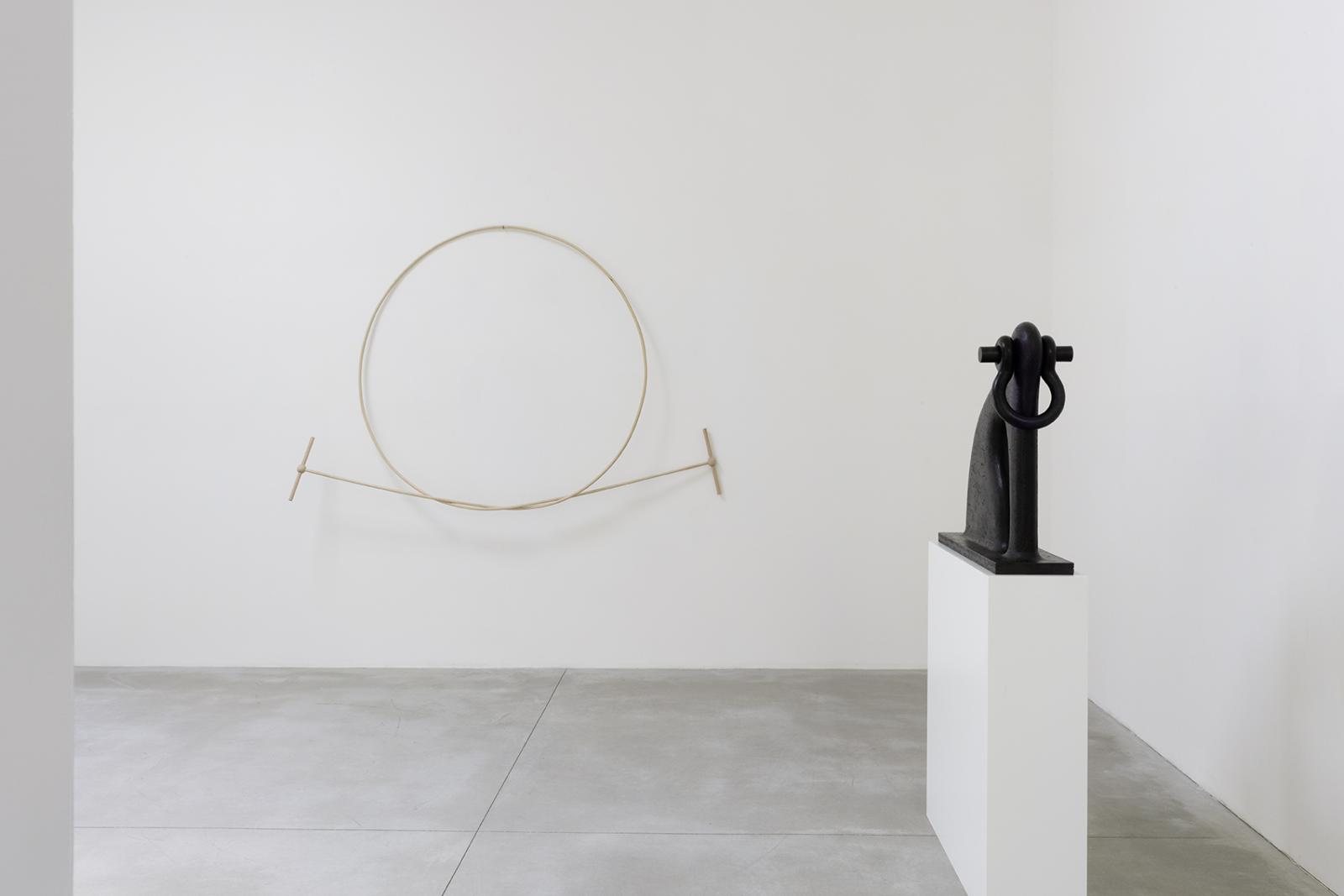Martin Puryear
L'Almanach 18 : Martin Puryear
There is a convergence of his exceptional skill in working with qualities inherent to different materials, of his artistic culture, and of his taste for history and justice. An African-American man born in Washington in 1941, Martin Puryear started the practice of joinery at a very young age, conceiving small objects and musical instruments. In the 1960s, among other places, he traveled to West Africa where he integrated certain processes acquired locally into his work with wood. He then left for Sweden where he studied printmaking. Upon his return to the United States, he developed an interest in the Minimalist movement, rejecting the impersonal dimension of production and the choice of materials to keep only the essential, faithful to the less is more of Mies van der Rohe.
It would nevertheless be reductive to confine his oeuvre to this formalist definition, given how primordial the multiplicity of techniques, sculptural elegance and control, and the symbolic erudition that give rhythm to it are. The three pieces presented in the exhibition reveal this complex mixture of influences. Hence, Shackled – whose zoomorphism combines the use of an ancestral material, particleboard, in which the work was originally sculpted before it was employed to cast the iron, and formerly commonly used by builders rather than artists – directly refers to the cuffs by which African slaves were chained during their trans-Atlantic crossing. The simplicity of forms, great technical skill, and the relationship to craft that Puryear maintains with his works contribute to his renown within the art world for more than forty years. In 1989, he received the Grande Prêmio at the Bienal de São Paulo, in 1992, his work was presented at documenta 9 in Kassel, and in 2007, the MoMA devoted a retrospective to him.
— Marion Payrard
